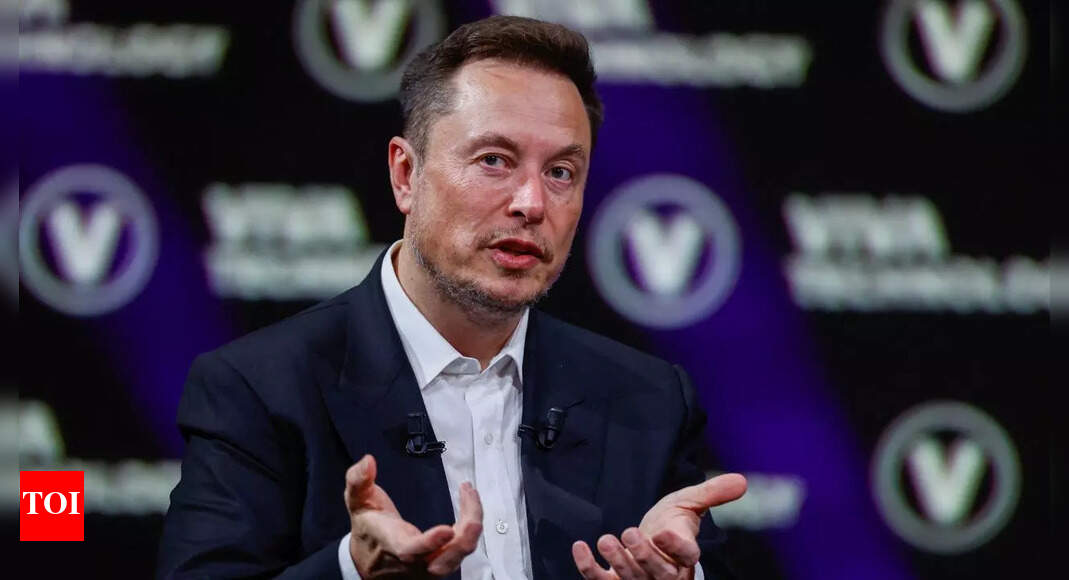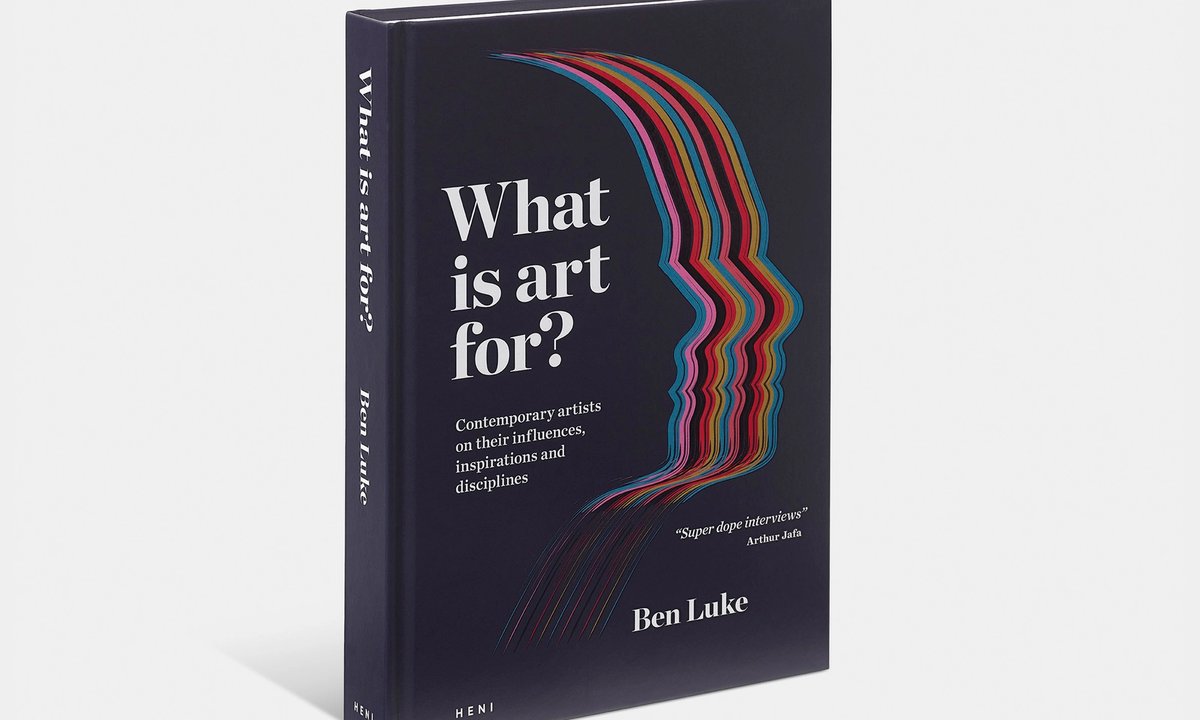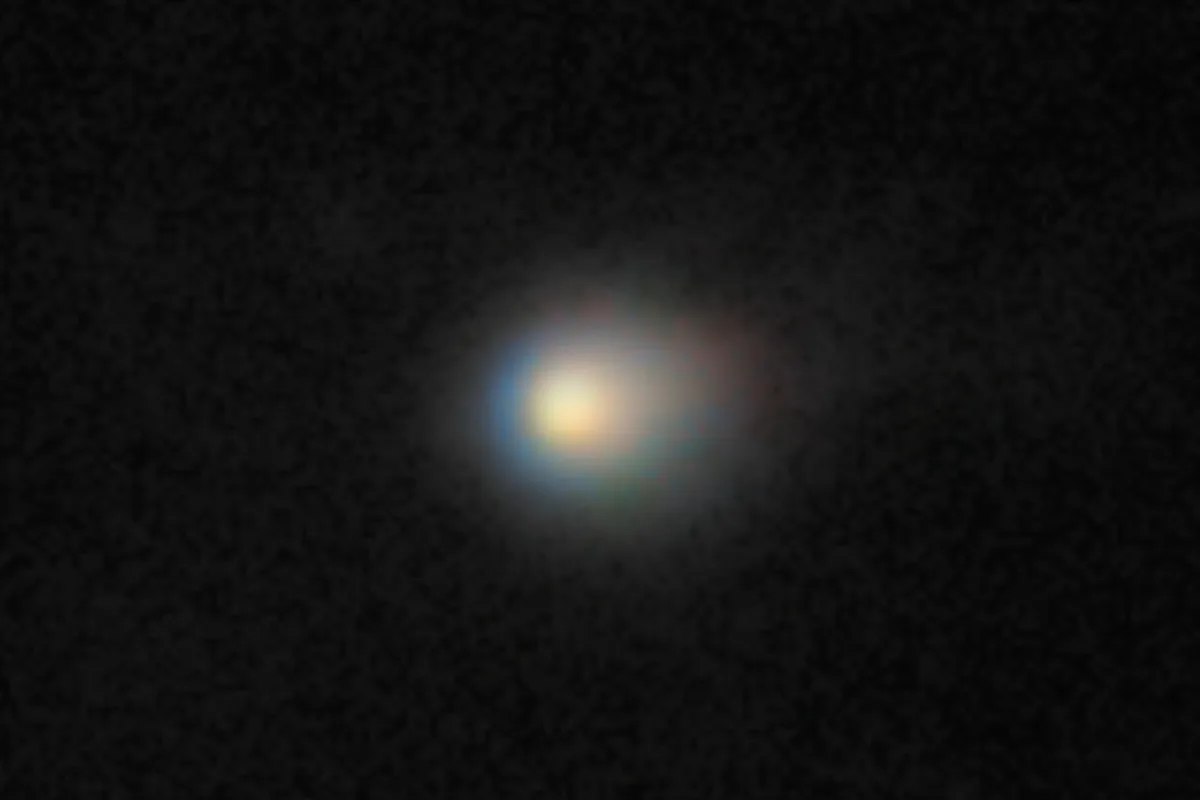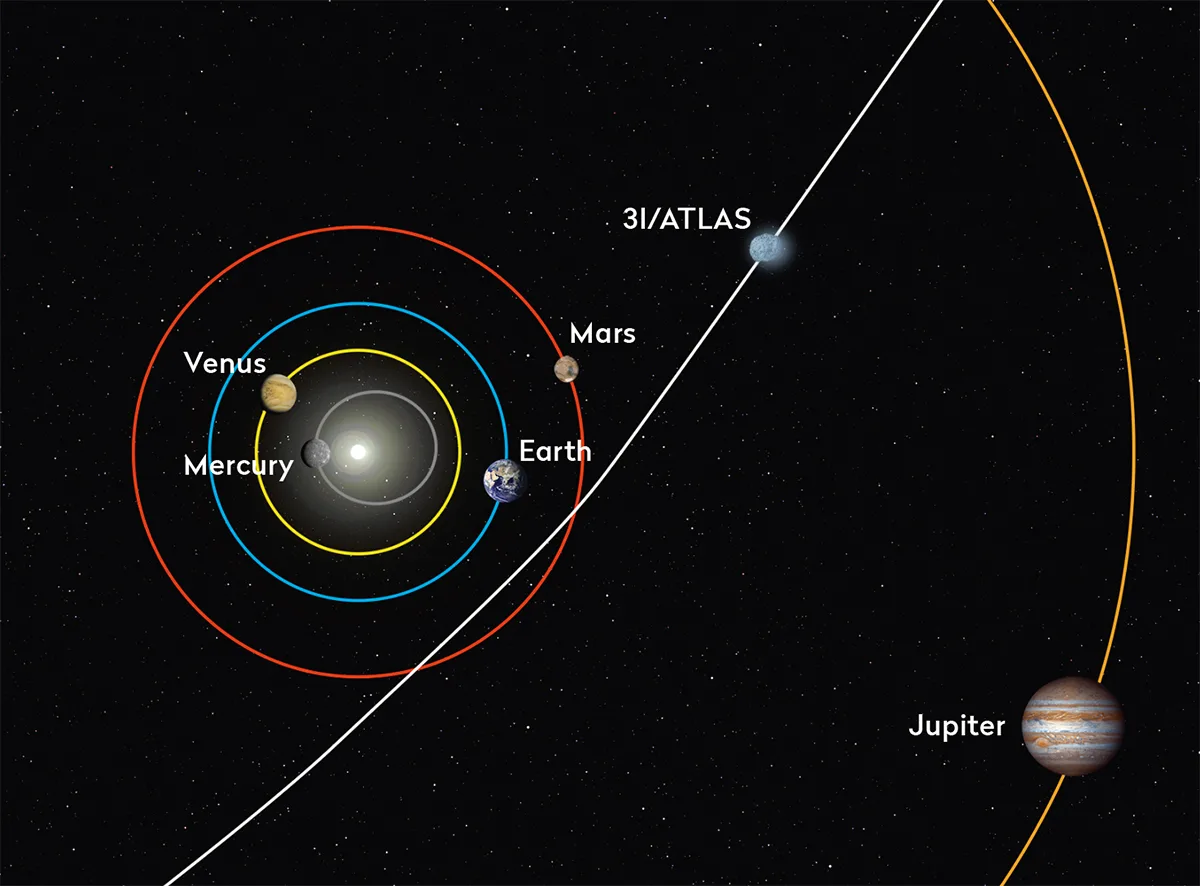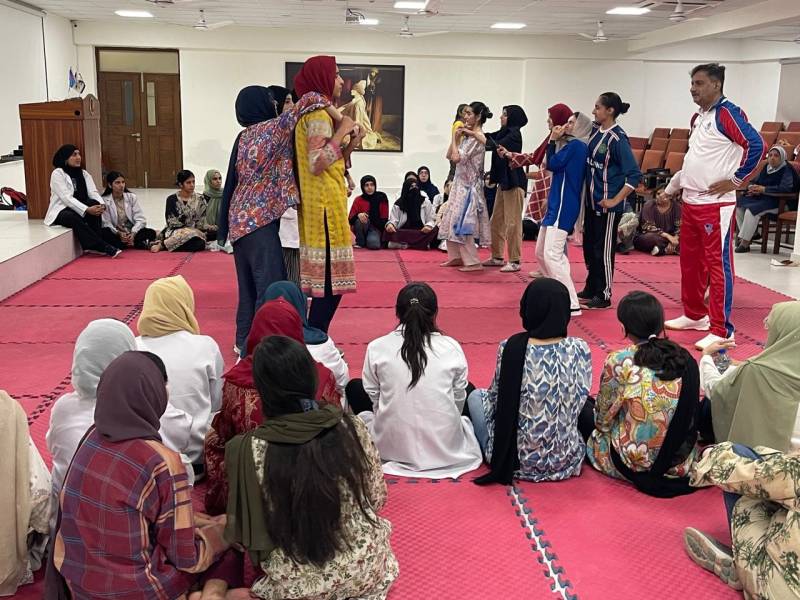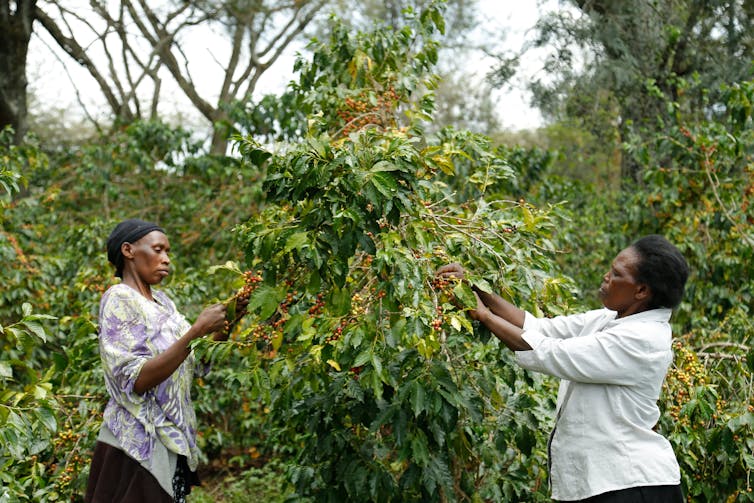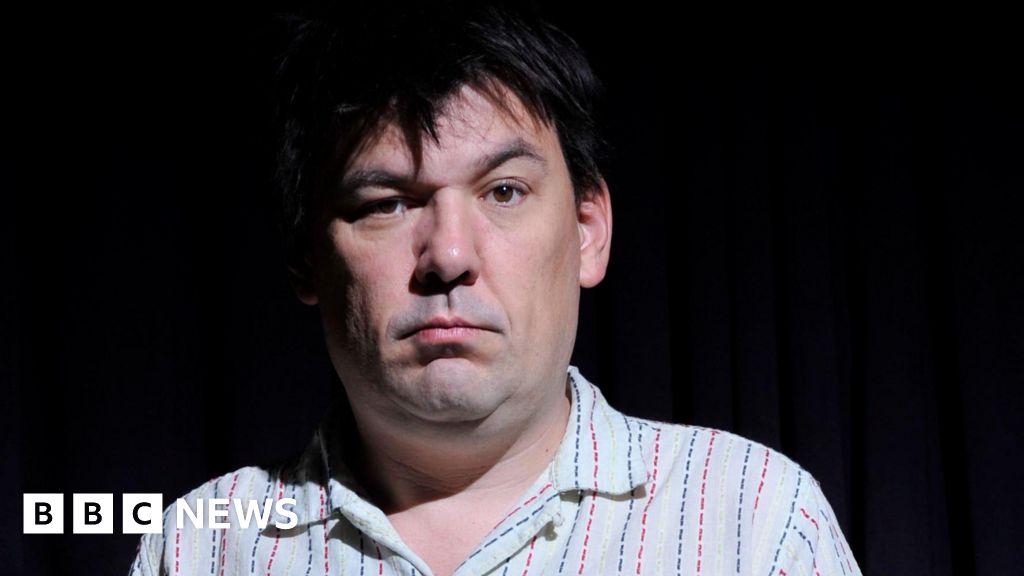Kathryn Bigelow says she made her latest political thriller, A House of Dynamite, to warn the world about the real and ever-present risks of total global nuclear annihilation.
The Oscar-winning director swept into Venice, Italy on Tuesday to unveil her first movie in eight years in competition at the world’s oldest film festival. She described the much-anticipated film’s subject, nuclear weapons, as “a global issue,” and said she was motivated by a desire to “get that information out there.”
“Hope against hope, maybe we will reduce the nuclear stockpile someday,” she added, “but in the meantime, we are really living in a house of dynamite.”
Bigelow and her cast arrived at the Venice press conference with a wave of positive buzz at their backs after House of Dynamite played for the first time at two packed press screenings in the morning. The excited chatter surrounding the title suggests it could be a thrilling return to form for the filmmaker.
A House of Dynamite is described as a tense political thriller in the vein of her Oscar-winning The Hurt Locker and Zero Dark Thirty, blending claustrophobic urgency with geopolitical dread.
Set largely inside the White House, the film imagines the terrifying scenario of an imminent nuclear missile strike on the United States by an unknown adversary, forcing military and civilian leaders to make impossible decisions under crushing time pressure. Rebecca Ferguson stars as Captain Olivia Walker, a senior White House official tasked with keeping the government functioning as panic sets in, while Idris Elba plays a top national security adviser who must balance strategy with morality. They are joined by an ensemble including Jared Harris, Tracy Letts, Gabriel Basso, Anthony Ramos, Greta Lee, Moses Ingram, and Jason Clarke, each embodying the cabinet members, military officers, and aides scrambling to prevent total disaster. The film is written by journalist-turned-screenwriter Noah Oppenheimer (Jackie, Zero Day).
When asked by a journalist at the press conference to distill the new film’s message into a single statement, Bigelow said: “We need to be much more informed, and that would be my greatest hope — that we actually initiate a conversation about nuclear weapons and non-proliferation in a more perfect world.”
“The film is an invitation to decide what to do about all these weapons,” she continued. “How is annihilating the world a good defensive measure?”
A House of Dynamite is the third and final title on Netflix‘s impressively strong slate of competition titles at the Venice festival this year, following Noah Baumbach’s Jay Kelly with George Clooney with Adam Sandler, and Guillermo del Toro’s much-anticipated Frankenstein adaptation, starring Jacob Elordi, Oscar Isaac, Mia Goth and Christoph Waltz. A House of Dynamite is set for worldwide release on Netflix on Oct. 24.
Oppenheimer said he began writing the film two years ago and that “precise geopolitical dynamics at any given time are not really the point” of the work. Instead, he hoped underscore “the reality of our world since the dawn of the nuclear age.”
“There are now nine countries on earth that have nuclear arsenals that could end human civilization several times over,” Oppenheimer added. “It’s miraculous, frankly, that something horrific hasn’t happened already. So many of these weapons are on a trigger system and, in countries like ours, one individual, the president, has the sole authority to authorize their use.”
Heading into Venice, Bigelow stated her intentions for the new feature by saying, “I grew up in an era when hiding under your school desk was considered the go-to protocol for surviving an atomic bomb. It seems absurd now — and it was — but at the time, the threat felt so immediate that such measures were taken seriously. Today, the danger has only escalated. Multiple nations possess enough nuclear weapons to end civilisation within minutes. And yet, there’s a kind of collective numbness — a quiet normalisation of the unthinkable. How can we call this “defense” when the inevitable outcome is total destruction?”
She added: “I wanted to make a film that confronts this paradox — to explore the madness of a world that lives under the constant shadow of annihilation, yet rarely speaks of it.”


